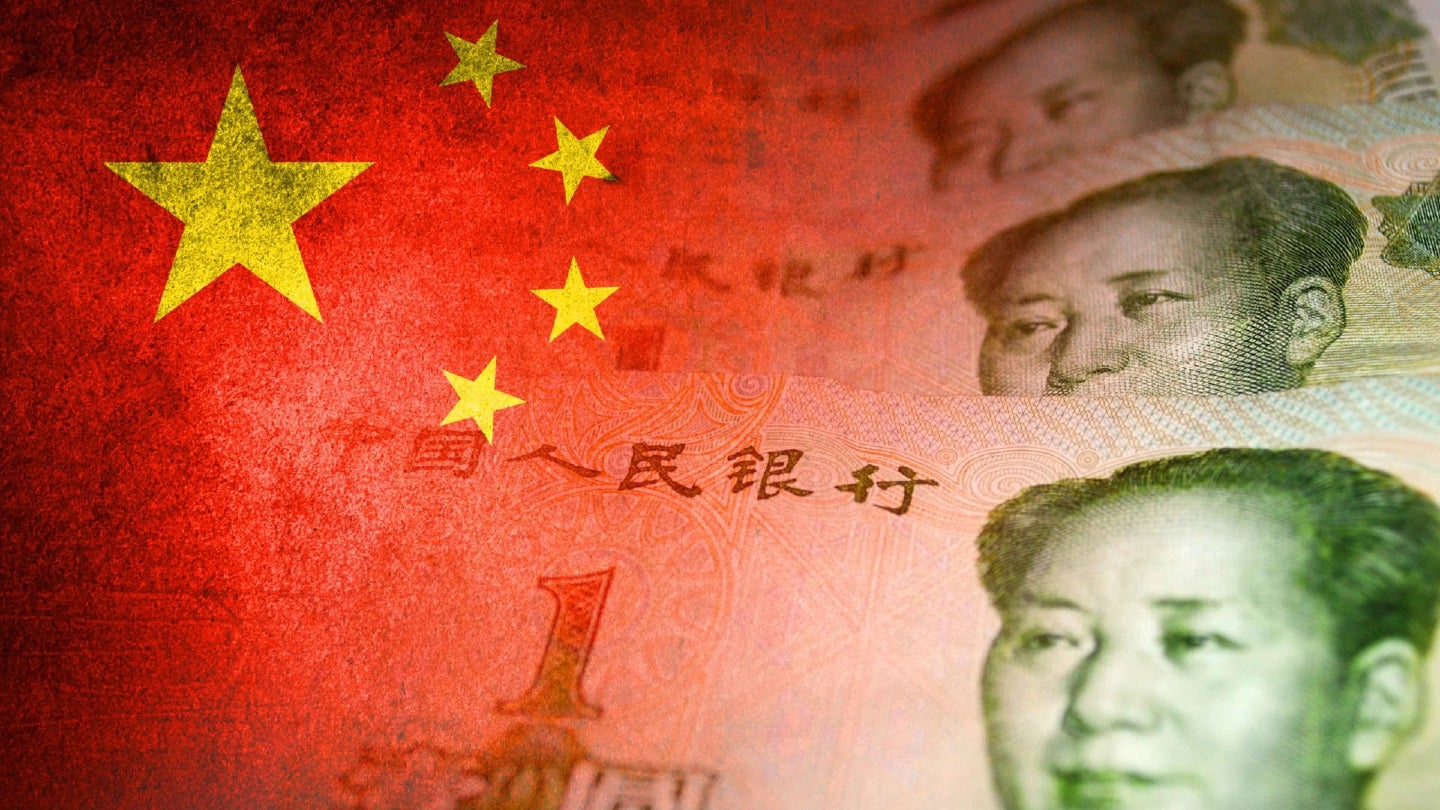
China will “remove all restrictions” for foreign investors looking to enter the domestic manufacturing sector, the country’s President Xi Jinping said during the opening ceremony of the Belt and Road Forum for International Cooperation in Beijing on Wednesday (18 October).
The event, attended by Russia’s President Vladimir Putin, Hungary’s Viktor Orban and members of the Taliban government, was meant to celebrate the Belt and Road Initiative (BRI).
Speaking about the BRI, Xi promised to create a financing window of CNY350bn ($47.8bn) through China’s two development banks, namely the China Development Bank and the Export-Import Bank of China.
Around CNY80bn will be separately injected into the Silk Road Fund, a Chinese sovereign fund promoting investment in countries along the BRI, while additional cooperation agreements worth $97.2bn were reached at the CEO conference of the forum.
The two major policy announcements come at a time when Beijing is struggling to boost economic growth, greatly impacted by Covid-19 lockdowns and dwindling consumer confidence. China’s GDP grew by 4.9% between July and September 2023, beating analysts’ forecasts but still lower than the 6.3% recorded during the same period last year.
In terms of FDI, Deepti Aggarwal, production manager of FDI at GlobalData, notes Beijing’s attempts to liberalise the market and invest more in countries that are part of BRI follows two years of sluggish growth and fewer projects. According to GlobalData’s FDI database, the overall number of inbound FDI projects in China dropped from 852 in 2019 to 405 in 2022.

US Tariffs are shifting - will you react or anticipate?
Don’t let policy changes catch you off guard. Stay proactive with real-time data and expert analysis.
By GlobalData“Now, the Chinese government is trying to remove investment hurdles and bring back that FDI within China,” Aggarwal says.
Opening up manufacturing - what does that mean?
Xi’s promise to open the manufacturing sector to investors comes against the backdrop of Western countries’ efforts to de-risk and de-couple their supply chains from China. Called the China Plus One strategy, the move encourages businesses to minimise overreliance on the Chinese manufacturing sector by sourcing work and resources from elsewhere.
Many companies, in that sense, have been seeking to move their production away from the world’s second-largest economy, including Apple and Google, which have stepped up their smartphone production in India.
But China’s promise for openness remains a targeted move rather than a general cry for investment. By liberalising rules around the manufacturing sector, Beijing is not hoping to improve investor sentiment among all its trading partners in the West.
Rather, it is seeking to attract more FDI projects from its major BRI partners. These numbers have suffered a sharp decline in the past four years, plummeting from 151 in 2019 to 68 in 2022, according to GlobalData’s FDI database.
Several players could benefit from the recent change in policies. These include South Korea, Singapore, Italy and Austria, which are the top BRI investors in Chinese manufacturing. The last three of them have seen a significant drop in FDI projects bound for China in recent years.
“The Chinese market looks lucrative at least for the countries under the Belt and Road Initiative,” Aggarwal says. “Investment coming from Western countries is still in doubt.”
For that reason, she expects this to be a tit-for-tat move, with “China similarly to step up its outbound investment plans in the BRI region,” which currently numbers 148 countries. At stake is Beijing’s wish to outcompete other major FDI players on the global market, such as the US.
Greenwashing and debt challenges
Yet, challenges remain for Beijing. Take greenwashing in China’s outbound FDI projects, for example. In the past, experts have criticised Beijing’s poor environmental record and attempts to engage in greenwashing practices.
Two days after Xi's speech in Beijing, the Chinese government came up with a press statement in which it promised again to make BRI greener and more sustainable.
“Cooperation in green infrastructure, energy and transportation is set to deepen,” the statement reads. “China has carried out green energy cooperation projects with more than 100 countries and regions, and its investment in green and low-carbon energy with BRI partner countries has exceeded its investment in traditional energy projects in those countries.”
On top of that, Aggarwal warns against the huge levels of debt and the subsequent debt restructuring programmes initiated by Beijing that have dented China's image as a transparent investor.
Nevertheless, the need for investment in the region remains.
“China wants to become a powerhouse [in Asia] equivalent to the US,” Aggarwal continues. “Think of countries like Pakistan, that doesn’t have any option [for FDI partnerships with Western investors]. A few countries, including India, are in a much better position. Yet others, such as China’s neighbours, do not have that option. So for them, they have to follow China’s investment promises.”


